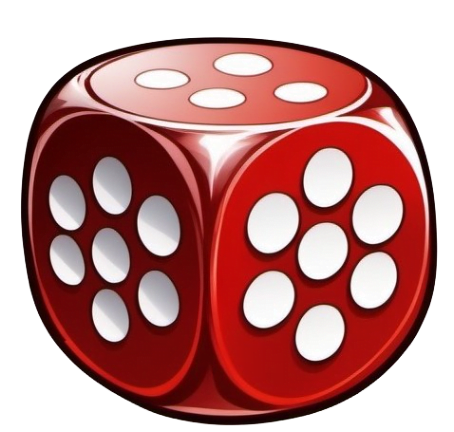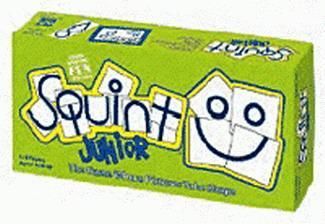Squint Junior (2004) Board Game
Squint Junior is a card game designed for children aged 8 and above, released in in 2004. It is a family-friendly game that encourages creativity and thinking outside the box. The game was designed by John Kovalic and Cathleen Quinn-Kinney, and features artwork by Out of the Box Publishing.
Game Components of Squint Junior
How To Setup Squint Junior
To set up Squint Junior, spread all the Shape Cards on the table so they are visible to all players. Choose a player to be the first builder and give them the card tray. Decide which side of the cards to use, though there is no difficulty difference between the sides. The timer is passed to the player to the left of the builder.
Gameplay Mechanics and Game Objective
Player Experience
Squint Junior is designed to be fun and educational, particularly for younger players. It enhances visual perception skills by requiring players to create and guess pictures using transparent shape cards. The game is engaging and interactive, with everyone playing on every turn. The transparent cards allow for overlapping and creating complex shapes, making it easier for younger players to participate.
Pros
Cons
Personal Thoughts on Squint Junior
Squint Junior is an excellent game for families with younger children, as it promotes creative thinking and visual perception skills in a fun and interactive way. While it may not be challenging enough for older children or teenagers, it is perfect for its intended age group. The transparent shape cards and the unique guessing mechanic make it a delightful addition to any family game collection.
We are supported by our audience. When you purchase through links on our site, we may earn an affiliate commission, at no extra cost for you. Learn more.

